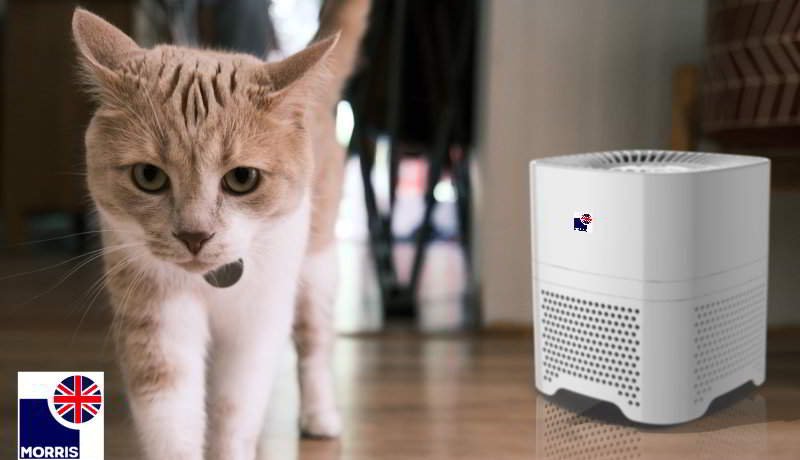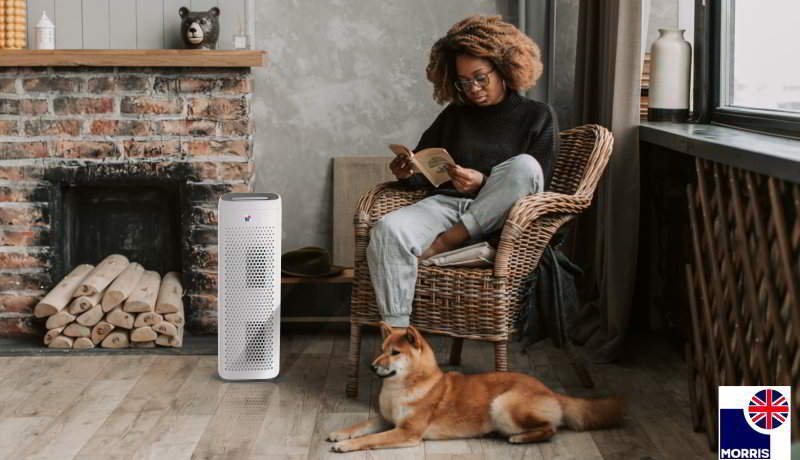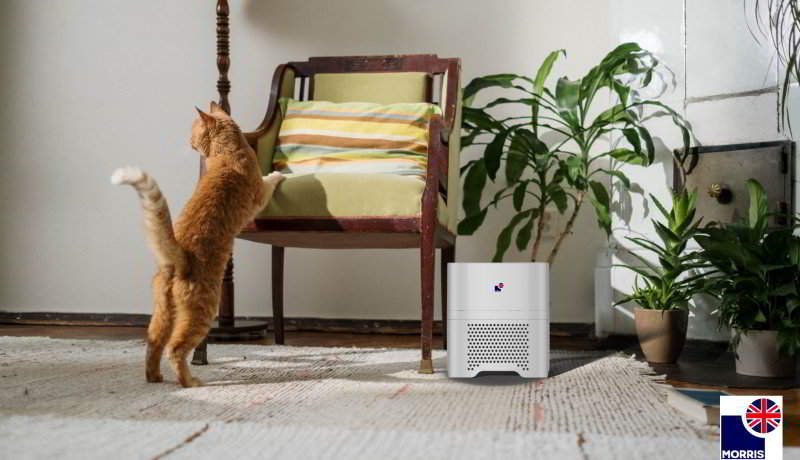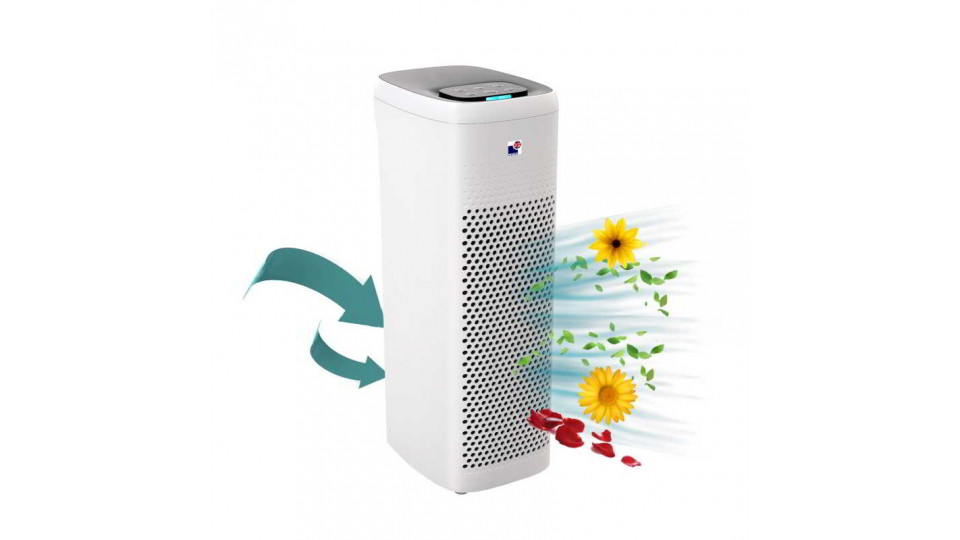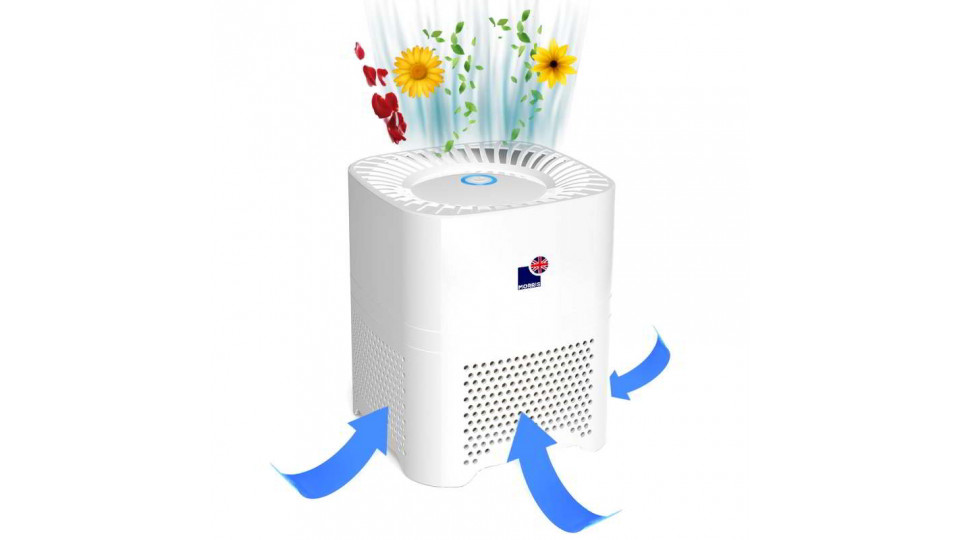Cats and dogs are some of our favourite pets, but if you have allergies, it can get difficult to live with a pet during allergy season. If you have been wondering how to get rid of cat allergies naturally, then you have come to the right place. In this post, we explore the various forms of pet allergies, how you can mitigate them, and additional tips to keep you and your pets protected against allergy attacks.
When we think about how to get rid of cat allergies naturally, the common assumption is that we should manage the allergies we get from pets. However, like humans, cats and dogs get allergies too, and some pet allergies do have the same symptoms as those experienced by humans.
Before we delve deeper into the various forms of pet allergies, let’s first find out what an allergy means.
What is an allergy?
An allergy is a hypersensitive reaction of the immune system to a foreign object in the body. This foreign substance or allergen is usually harmless, but the body develops a heightened response to it, which ends up triggering allergic symptoms. Common allergens include pollen, dust mites, mould spores, insect stings, certain foods, and pet dander.
Anyone can have allergies. Allergies develop when the body releases unique antibodies that fight against foreign proteins in the body. Allergens are proteins, and you can find them in foods like nuts, eggs, milk, fish, and shellfish. In animals, these allergens are present in their saliva, hairs, urine, feathers, and skin.
What is the most common pet allergies?
The most common allergies caused by pets are triggered by the proteins found in the skin cells, saliva, or urine of our pets. Common pet allergies include;
● Cat allergies
● Dog allergies
● Rodent allergies
● Bird allergies
● Fish allergies
1) Cat allergies: What is the main cause of cat allergy?
If you get allergies from your cat, it is because you are negatively reacting to the protein present in their skin, saliva, or urine. Cats leave stray hair and dead skin cells or dander everywhere, and inhaling these allergens will trigger skin and respiratory allergies.
Do cat allergies go away?
Cat allergies are incurable, but it is possible to treat and control the symptoms. Remember, humans need to inhale the protein allergens emitted by cats to trigger allergic reactions. So, here are some tips on how to get rid of cat allergies naturally and improve indoor air quality.
a) Get an Air Purifier
Air purifiers come in all shapes and forms but the ones you need to focus on are the HEPA air purifiers. This is an air purifier for cat allergies that contains a special filter designed to remove pet dander, hair and also foul urine or faecal smell from litter boxes.
HEPA filter air purifiers have a four-filtration system that features a pre-filter, a medical grade H13 HEPA filter, a carbon filter, and an ioniser filter. Most of the cat dander and hair get trapped by the first filter, while those tiny, unseen pollutants are removed by the medical-grade HEPA filter. A carbon filter is necessary when dealing with cat litter smells, while the ioniser air filter takes care of any remaining microscopic pollutants before pumping clean air back into the room.
b) Limit access to certain rooms
If your cat allergies are getting worse, it is a good idea to keep your cat out of the rooms you use a lot, especially your bedroom. Do not let your cat sleep on your bed, where they will live their hair and skin cells. This simple housekeeping trick will give you allergy relief, and you can always let your cat back in the room once the symptoms are toned down.
c) Vacuum often
Frequent vacuuming of all the rooms helps reduce surface allergens and, eventually, cat allergies. Get a HEPA vacuum cleaner too, which can lift pet hairs and dander off your carpet, floor, and furniture. Also, using a vacuum cleaner is safer since it prevents allergens from spreading.
d) Bathe your cat
Cleaning your cat will remove most of these loose hairs and dead skin cells before they show up on your bed, couch, or floor. There are also pet grooming products that contain allergen-reducing properties that can help minimise cat allergies. Besides bathing your cat, get in the habit of brushing your feline's coat with a grooming mitt. A grooming mitt has an ergonomic design with bristles that lift pet hair and dander off your pet's coat.
2) Dog allergies: What are the signs of dog allergies
Similarly, dog allergies are caused by the allergen proteins that come from dead skin cells, saliva, urine, or faecal matter of a dog. Tiny microscopic allergens known as dander find their way into the air, and we breathe them down to our lungs, where they trigger respiratory allergies.
What is the most common allergy in dogs?
The common allergies triggered by dogs include;
Allergic rhinitis
This is when a person has an allergic reaction to pet dander produced by dogs. This dander is the tiny flakes of dead skin cells shed by the dog. Symptoms of allergic rhinitis include;
● Sneezing
● Stuffy or runny nose
● Itchy nose or throat
● Itchy red eyes
● Post-nasal drip
Hives are caused when the human skin reacts to the allergens in dogs. Some common symptoms of hives are red itchy welts that form on the skin, which are caused by the protein allergens in a dog’s dander, saliva, or urine.
Conjunctivitis
This is when dog dander gets into the eyes causing the eyes to itch and redden, also known as pink eye. In severe cases, the eyes may have a discharge.
Eczema
Exposure to pet dander may worsen the symptoms of eczema in people who already have the skin condition. Eczema develops early in childhood, and it might be a good idea to keep off owning a dog or cat if you are raising young kids who already have the condition.
Asthma attacks
Heightened exposure to dog dander can trigger asthmatic attacks. Dog dander can worsen asthmatic symptoms such as chest tightening, wheezing, coughing, and difficulty breathing.
3) Rodent allergies
Rodent allergies are prevalent in people who keep rats, guinea pigs, and hamsters as pets. If you have rodent allergies, allergic symptoms will be triggered each time you touch the saliva, urine, or skin of your pet rodent. Rodent allergies usually cause sneezing, a runny nose, coughing, and itchy mouth and skin. The eyes may get itchy and watery too.
4) Bird allergies
People can get allergies from birds as well. Bird dander easily finds its way into breathable air because pet birds like parrots and parakeets tend to live in elevated cages. As the bird flaps its wing, preens itself, or flies around its cage. Some of the dander in its poop and feathers gets blown out of the cage and lingers in the air. Pet dander will also fall on windows, carpet, furniture, and floors.
Bird allergies can be a bit aggressive compared to other pet allergies. This is because bird dander is tiny enough to travel through the lung’s alveoli, causing an inflammation called alveolitis.
Alveolitis symptoms can be mild or severe and they include;
● Breathing problems
● Fever and chills
● Muscle pain (myalgia)
● Coughing
● Fatigue
● Laboured breathing (dyspnea)
● Weight loss
Allergies in our pets
Like humans, pets too get allergies, which are triggered by environmental allergens both inside and outside our homes. Allergies are triggered when a cat or dog develops antibodies that fight against harmless foreign substances like pollen, certain foods, and dust.
Dust is a common irritant that triggers allergic reactions in both cats and dogs. The dust that blows into our homes carries other allergens, such as pollen and mould spores. Dust mites are another common allergen that will trigger unique symptoms we will list below.
Allergic reactions that are common in cats and dogs include;
● Itchy skin
● Sneezing and coughing
● Nasal discharge
● Licking and scratching
Can a dog get asthma?
Interestingly, both cats and dogs develop a form of asthma that can mildly or severely affect the pet’s airways.
Canine asthma causes the airways to narrow, making it difficult for a dog to breathe. Other symptoms of canine asthma include wheezing, heavy breathing, coughing, and body weakness. Feline asthma is no different, it can be chronic as well and carries the same respiratory symptoms as those exhibited in dog asthma.
How to prevent allergies naturally for you and your pet
Are you looking for how to get rid of cat allergies naturally? Or are you on the market for the best allergy aid for dogs? An air purifier with a HEPA filter is the safest way to reduce airborne allergens and ensure you and your pet enjoy clean, breathable air all year.
Get an air purifier for pets if you are a chronic allergic sufferer living with a cat, dog, or other pets like birds and rodents. Having a pet around means the air will constantly be filled with allergens, which, when breathed, will cause respiratory problems. What you need is an air purifier with a HEPA filter to ensure you enjoy the cleanest air in your home.
An air purifier for cat allergies is also necessary if your cat or dog has allergies. A HEPA air purifier can remove airborne allergens that are up to 0.3 microns in size, which is about the size of common pollutants like mould spores, pollen, and dust mites. Cats and dogs can have a sensitivity to the smells in certain cleaning products too, and an air purifier with a carbon filter will help get rid of those harsh odours.
FAQs
What is the main cause of cat allergy?
Cat allergies are caused by airborne pollutants that the cat inhales or comes into contact with. A cat that develops an allergic reaction will itch and scratch frequently, may experience coughing or difficulty breathing, and may have a runny nose. Most allergies are triggered by pollen, mould, dust mites, and chemicals from cleaning products.
What are the signs of dog allergies?
Common signs of dog allergies include itchy skin that may develop a rash, inflamed ears with rashes, coughing, sneezing, wheezing, and nasal discharge. Some dogs may become lethargic when they get overwhelmed with the symptoms.
How do you get rid of pet allergies?
You can keep your home allergen-free by using an air purifier for dust, pollen, pet dander, litter smell, and the noxious gases from chemical products. A HEPA air purifier features a four-stage filtration system that keeps allergens at bay and ensures you and your pet enjoy the cleanest air possible.




